|
Good morning everyone on Thursday 18th March. Today is the day when the European Medicines Agency will let us know if the AstraZeneca vaccine that is currently in the bloodstream of tens of millions of people is safe to use. Anything but a resounding all-clear would be a catastrophe at this stage so let's hope common sense finally prevails there.
Yesterday in Italy there were 23,059 new cases of Covid-19 reported; that represents an increase of around three thousand compared to the previous day but I will increasingly focus on comparisons with the equivalent day the week before which show more relevance in terms of a trend. The previous Wednesday saw 22,385 new cases reported so yesterday's figure confirms the feeling that the case numbers are starting to plateau. The heightened restrictions of the red zones and the continued roll out of the vaccination program will hopefully start to see those numbers drop rather than level-off. Vaccine matters aside, it's a bit of a slow news day today and I will happily skip on to something more interesting. It has recently been announced that restoration work on one of Florence's most historic and unusual monuments will begin after Easter. The Vasari Corridor was built in 1565 by Cosimo I de Medici to allow the incumbent Duke of Florence and his retinue to pass freely between his residence and places of work without having to come into contact with the everyday people. One can speculate as to whether security was the main priority here or if it was more a general desire to avoid the great unwashed, but either way, the walkway served its purpose. The corridor is a complicated structure that starts its journey on the north bank of the River Arno, in the Palazzo Vecchio. The famous old Palazzo was the place from where Florence's signoria governed the city and the republic before it became a Duchy a few years later. One of the star architects of the Renaissance, Giorgio Vasari, was commissioned to create the corridor which now bears his name. From the Palazzo Vecchio a small bridge connects the corridor to the neighbouring Uffizi Gallery, with this section of the walkway lined with a number of famous self-portraits. The elevated corridor continues until it reaches the River Arno from which point it heads west along above a beautiful arched walkway before reaching the Ponte Vecchio. The famous landmark bridge is one of the most popular visitor attractions in Florence but most of its visitors are unaware of the elevated section of corridor above them. The area around the Ponte Vecchio used to be the site of a meat market which had to be cleared for construction of the Vasari Corridor so that the accompanying smells wouldn't assault the nostrils of the VIP pedestrians as they passed. The meat market gave way to the goldsmiths and their shops which are still an important part of the bridge to this day. The total length of the corridor is around a kilometre and from the Ponte Vecchio it makes its way to the south bank of the Arno where it connects with the Chiesa di Santa Felicità, allowing the dignitaries to worship in peace before reaching its final destination at the Palazzo Pitti. The Vasari Corridor has been closed since 2016 as some safety work was carried out and after a number of modifications are completed by next May, it will once again take its rightful place among the best sights in Florence. That's all from me for today. I'll be back with another blog tomorrow but in the meantime I'll leave you with some images of the beautiful Florence. Comments are closed.
|
AuthorMy name is Dion Protani, founder of Italy Review. The Italy Review blog is designed to provide ideas and inspiration to visit places in Italy you might not have heard about, as well those you have. Archives
December 2023
Categories |
- Home
-
Must See Italy
-
Cities of Italy
>
-
Towns and Villages of Italy
>
- Hill Towns of Italy >
- Historic Towns of Italy >
- Mountain Towns of Italy >
- Ski Resorts of Italy >
- Colourful Italian Towns >
- Italy's Most Beautiful Villages >
- I Borghi Piu Belli d'Italia >
- Orange Flag Towns of Italy >
- Vineyard Towns of Italy >
- Mural Towns of Italy >
- Spa Towns of Italy >
- Ghost Towns of Italy >
-
Italian Coastal and Lake Resorts
>
-
Italian Islands
>
-
Man-Made Landmarks of Italy
>
-
Natural Landmarks of Italy
>
-
Religious Buildings of Italy
>
-
Cultural Institutions of Italy
>
-
UNESCO World Heritage Sites in Italy
>
- Residences of the Royal House of Savoy >
- Arab-Norman Palermo and the Cathedral Churches of Cefalu and Monreale >
- Early Christian Monuments of Ravenna >
- Longobards in Italy Places of the Power 568 to 774 AD >
- Medici Villas and Gardens in Tuscany >
- Late Baroque Towns of the Val di Noto South Eastern Sicily >
- 18th Century Royal Palace at Caserta with the Park the Aqueduct of Vanvitelli and the San Leucio Complex >
- Venetian Works of Defence Between the 16th and 17th Centuries Stato da Terra Western Stato da Mar >
-
Parks of Italy
>
-
Cities of Italy
>
-
Italy
-
Travel
- Airports of Italy >
- Price List for Italian Airport Transfers >
-
Italy Ferry Routes and Schedules
>
-
Sicily Ferry Routes
>
- Aeolian Islands Ferry Schedules >
- Aegadian Islands Ferry Schedules >
- Pelagie Islands Ferry Schedules >
- Mazara del Vallo Ferry Schedules
- Messina Ferry Schedules
- Milazzo Ferry Schedules
- Palermo Ferry Schedules
- Pantelleria Ferry Schedules
- Pozzallo Ferry Schedules
- Termini Imerese Ferry Schedules
- Ustica Ferry Schedules
- Gulf of Naples Ferry Routes >
- Amalfi Coast Ferry Routes >
- Tyrrhenian Sea Ferry Routes >
- Pontine Islands Ferry Routes >
- Calabria Ferry Routes >
- Tuscan Archipelago Ferry Routes >
- Ligurian Sea Ferry Routes >
- Sardinia Ferry Routes >
- Italian Adriatic Ferry Routes >
- Tremiti Islands Ferry Schedules
- Italy to Albania Ferry Routes
- Italy to Greece Ferry Routes
- Italy to Corsica Ferry Routes
- Italy to Croatia Ferry Routes
- Italy to Spain Ferry Routes
-
Sicily Ferry Routes
>
- Italian Ferry Ports
- Driving in Italy >
- Trains in Italy >
- Buses in Italy
- Trams in Italy
- Taxis in Italy
- Italy Hotels
-
Culture
-
Italian Architectural Styles
>
- Ancient Roman Architecture
- Early Christian Architecture
- Italian Byzantine Architecture
- Italian Romanesque Architecture
- Italian Gothic Architecture
- Italian Renaissance Architecture
- Italian Baroque Architecture
- Italian Neoclassical Architecture
- Liberty Style Architecture
- Italian Fascist Architecture
- Modern Italian Architecture
- Articles >
- Italian History
- Italian Cuisine by Region
- Italian Opening Times
- Film and TV Locations in Italy
-
Italian Architectural Styles
>
SITE SEARCH
If you want to find a page quickly and you're not sure where to look you can use the Site Search box below and it'll point you in the right direction.
YOUR COMPLETE GUIDE TO ITALY
|
Italy Review is an independent guide to Italy, showcasing the very best that the country has to offer. Throughout the four thousand pages of the website you'll find comprehensive tourist information, opinion and original photos.
Alongside the major tourist destinations that you've already heard of, there are thousands of others that may come as a surprise with the intention of the website to provide inspiration for your future trips to the country. The photos and descriptions on the website are all my own work and are the fruit of my extensive travels around the country. I've visited every place that's listed on the website which means I'm able to give useful advice for first-time visitors. You can keep in touch with the latest developments in Italy via my Italy Review Blog for which you'll find links below to the Facebook and Twitter pages. If you'd just like to start your exploration of Italy with some ideas of places to go then I'd recommend starting at the highlighted must see Italy page. Or using the grid to your right you can click a photo to enter the main menus. |
|
THE ITALY REVIEW NETWORK SISTER SITES:
All photos and images on the site that are marked with the © copyright symbol or with the Italy Review series logos are the property of Italy Review and must not be used elsewhere without prior permission. All written content on the website is also the property of Italy Review and its use is strictly limited to this website alone.

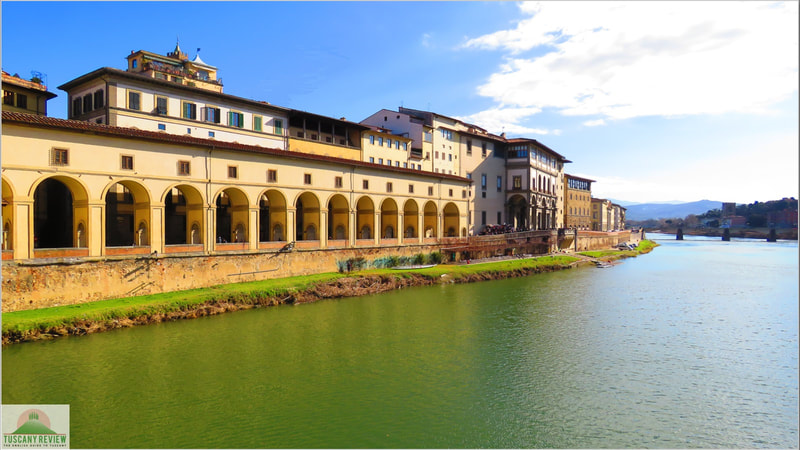
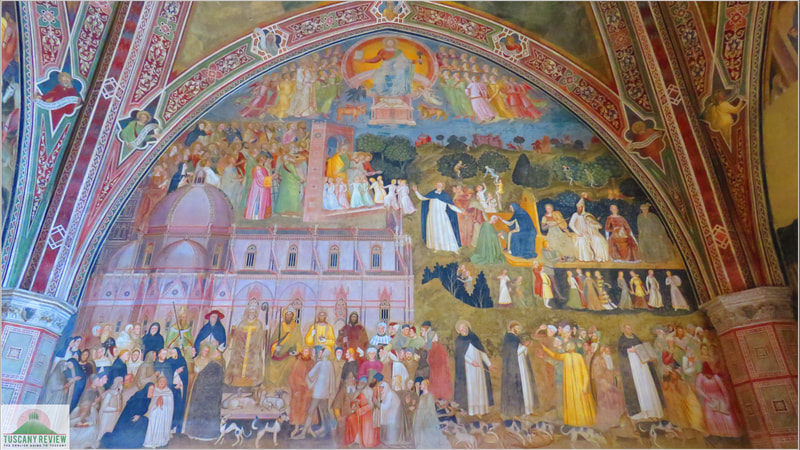
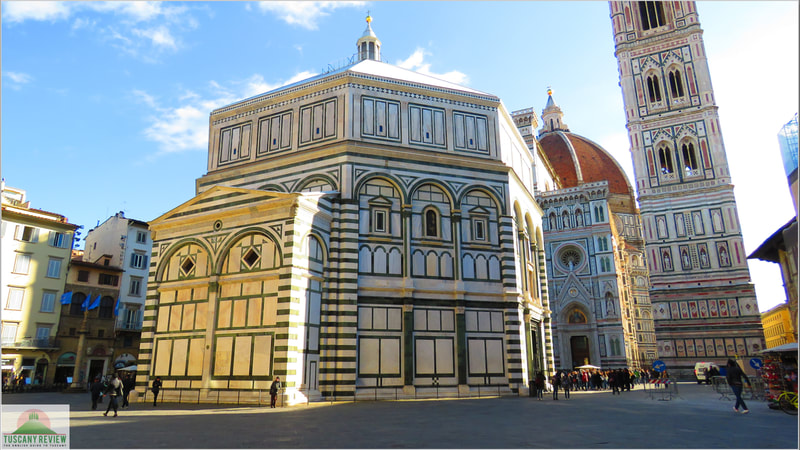
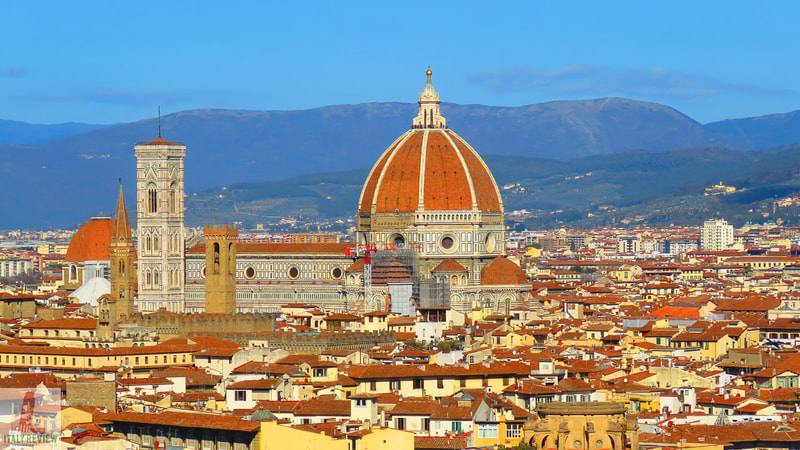
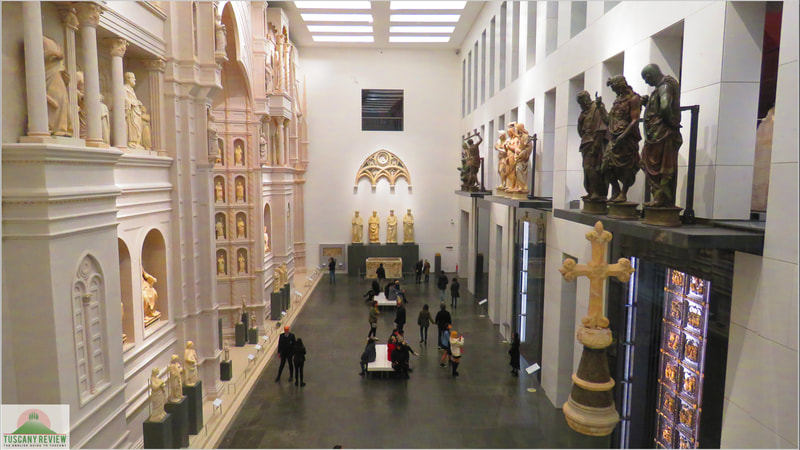
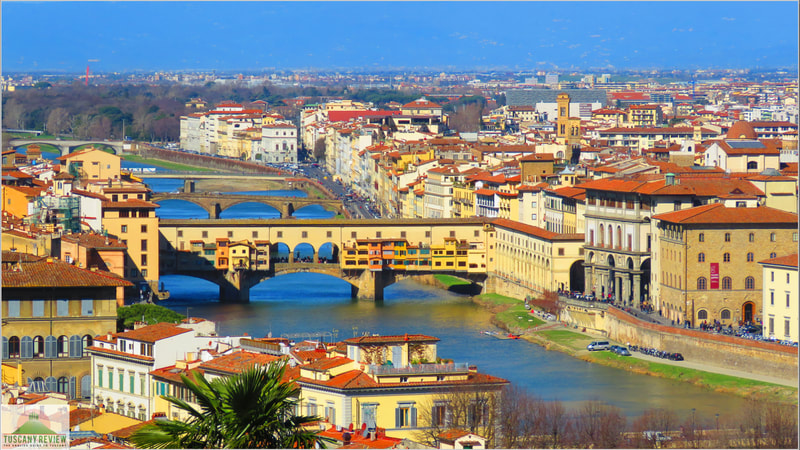

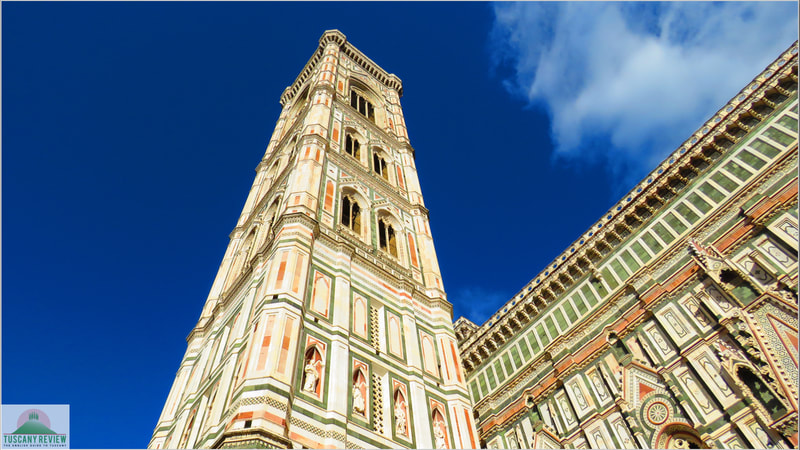
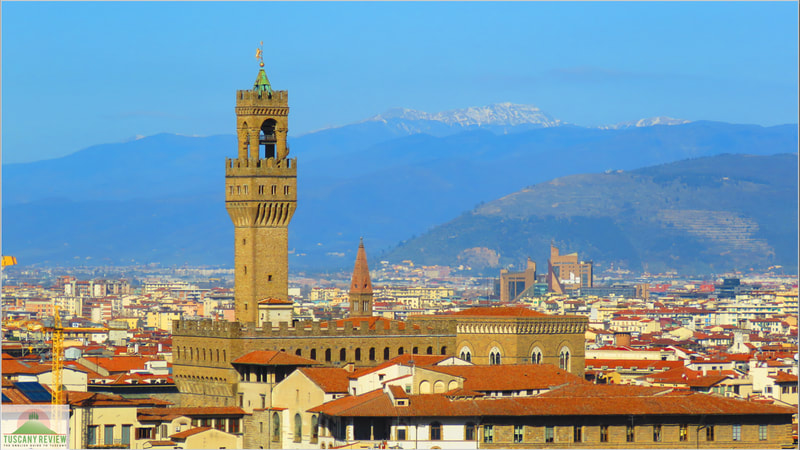

 RSS Feed
RSS Feed



















